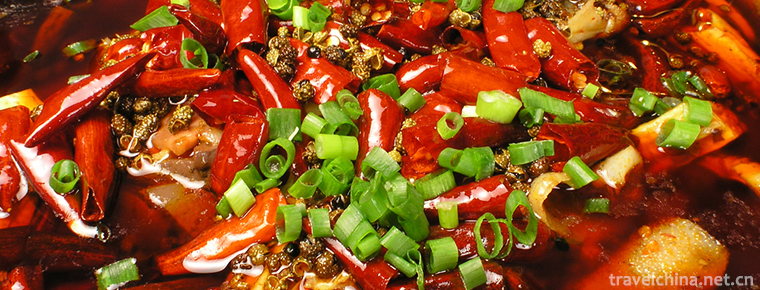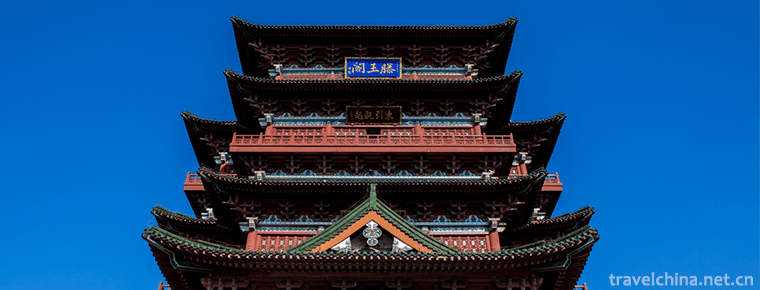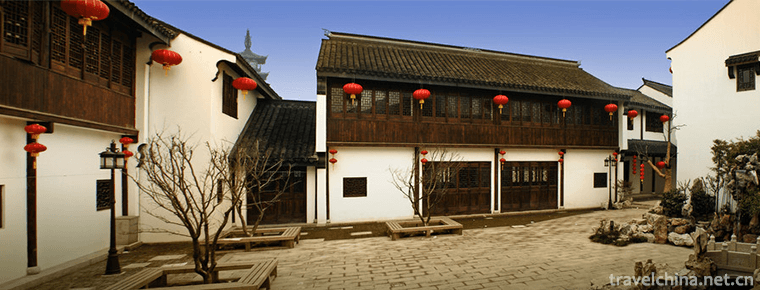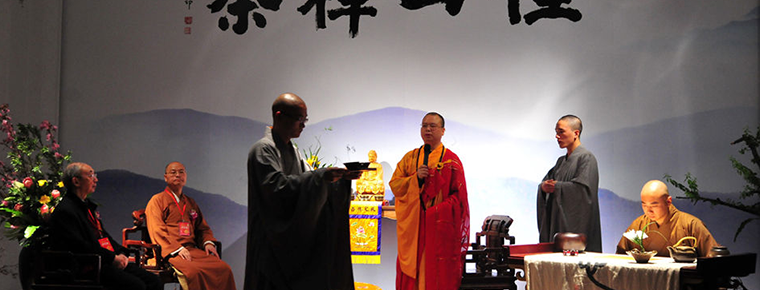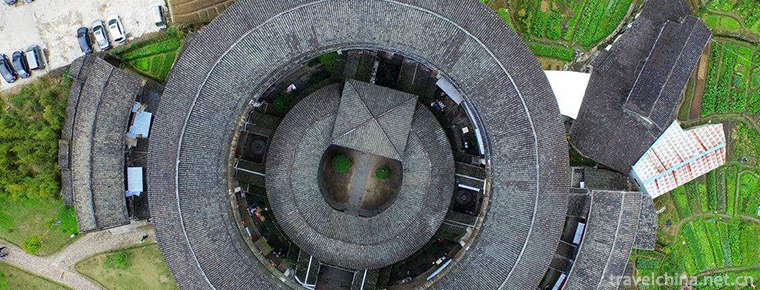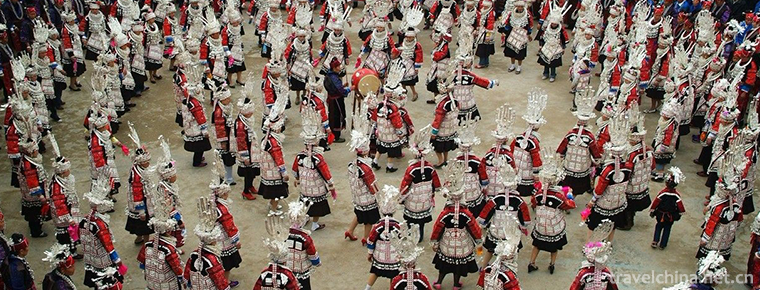The Great Wall
The Great Wall, also known as the Great Wall, is an ancient Chinese military defense project, is a tall, strong and continuous placanticline to limit the movement of the enemy riders. The Great Wall is not a single isolated wall, but a defense system with the city wall as the main body, combined with a large number of cities, barriers, pavilions and signs.
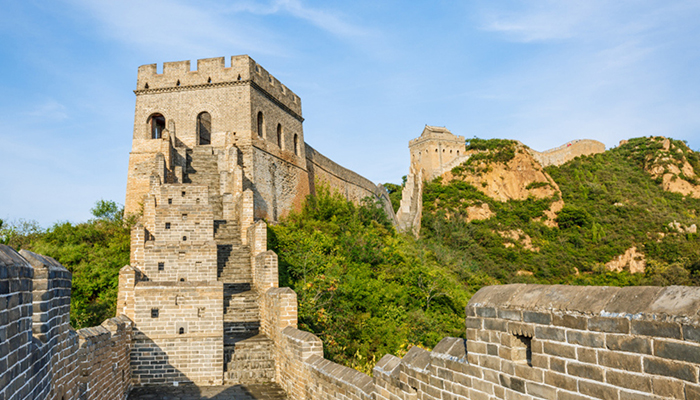
The history of the construction of the Great Wall can be traced back to the Western Zhou Dynasty, where the famous allusion "the princes of beacon fire opera" occurred in the capital of Haojing (now Xi'an, Shaanxi Province). During the Spring and Autumn Period and the Warring States Period, the nations fought for hegemony and defended each other. The construction of the Great Wall reached its first climax, but the length of the building was relatively short. After the unification of the six kingdoms, the first emperor of Qin connected and repaired the the Great Wall of the Warring States period. The Ming Dynasty was the last dynasty to overhaul the Great Wall. The the Great Wall that people see today is mostly built at this time.
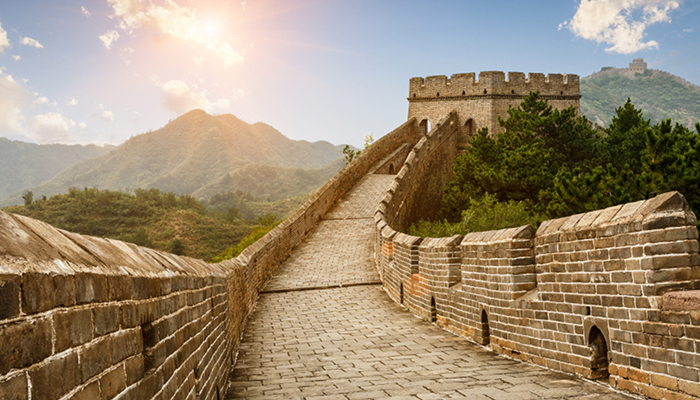
Great Wall resources are mainly distributed in Hebei, Beijing, Tianjin, Shanxi, Shaanxi, Gansu, Inner Mongolia, Heilongjiang, Jilin, Liaoning, Shandong, Henan, Qinghai, Ningxia, Xinjiang and other 15 provinces and cities. Shaanxi is the most abundant province in China's the Great Wall. The the Great Wall is 1838 kilometers long. According to the national survey of the Great Wall resources conducted by the Department of cultural relics and surveying and mapping, the total length of the Great Wall of the Ming Dynasty was 8 851.8 km, the Qin and Han Dynasties and the early Great Wall exceeded 10,000 km and the total length exceeded 21,000 km.
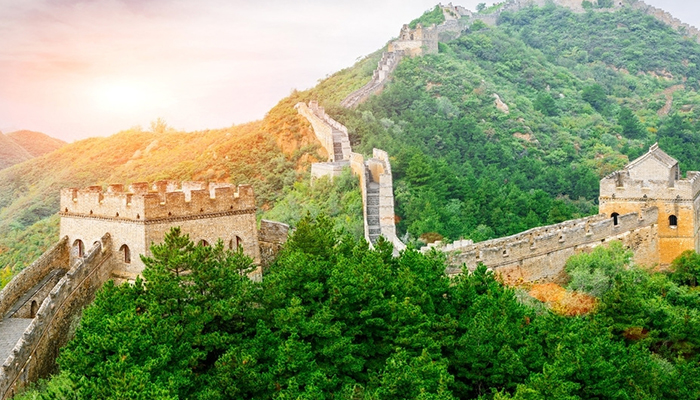
In March 4, 1961, the Great Wall was declared the first batch of national key cultural relics protection units by the State Council. In December 1987, the Great Wall was listed as a world cultural heritage.
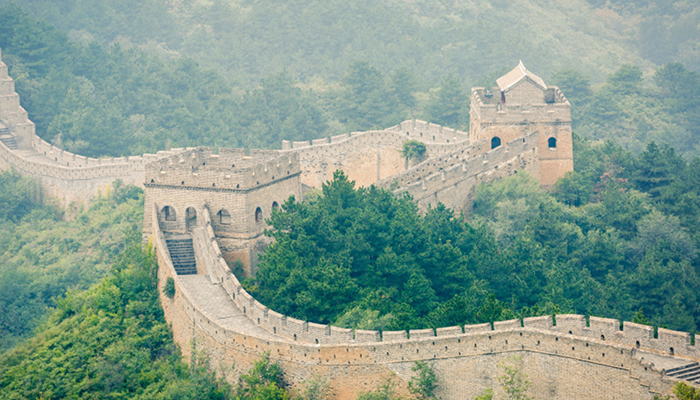
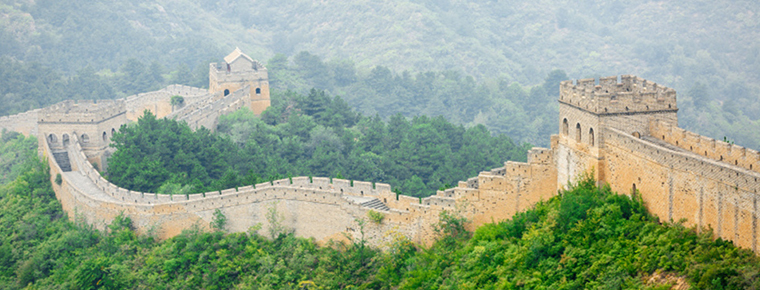
The Great Wall
-
Duck Blood in Chili Sauce
The main ingredients of hairy blood are duck blood, cooking techniques are mainly cooked, and tastes are spicy and spicy. Originated in Chongqing, popular in Chongqing and southwest China, it is a fam
Views: 463 Time 2018-10-27 -
Pavilion of Prince TengTengwang pavilion
Tengwang Pavilion, one of the three famous buildings in the south of the Yangtze River, is located on the East Bank of Ganjiang River along the Yangtze River Road in the northwest of Nanchang City, Ji
Views: 199 Time 2018-12-08 -
Huanglong Scenic Area
Huanglong Scenic Spot, World Natural Heritage, World Human and Biosphere Reserve, Green Globe 21 Certificate, National AAAAA Tourist Spot, National Key Scenic Spot.
Views: 195 Time 2018-12-12 -
Zhou Qiao old street
Zhouqiao Old Street is a national AAAA tourist attraction. The old street of Ximen in Jiading is located on the west side of Bole Square in downtown Jiading
Views: 194 Time 2019-01-21 -
Jingshan tea banquet
Jingshan Tea Banquet, born in the Longevity Chan Temple of Jingshan, Jingshan Town, Yuhang District, began in Tang Dynasty and flourished in Song Dynasty. It has a history of more than 1200 years
Views: 117 Time 2019-05-08 -
Construction Techniques of Hakka Tulou
Hakka Tulou building construction technology, Fujian Longyan City Nanjing County, Huaan County local traditional building construction technology, one of the national intangible cultural heritage.
Views: 175 Time 2019-05-09 -
Construction Techniques of Li Nationalitys Ship type House
The carrier of the excellent architectural skills of the Li nationality will inevitably fade out of sight in the fierce collision between traditional civilization and modern civilization. Today only a
Views: 280 Time 2019-05-12 -
Wool Textile and Rolling Techniques
Flower felt is the most popular among all ethnic handicrafts in Xinjiang, and it has a long history. Felt caps from the 1st to 3rd centuries A.D. are among the cultural relics unearthed at Lop Nur Lou
Views: 301 Time 2019-05-25 -
Miao Sister Festival
Miao Sister Festival, also known as "Sister Rice Festival", is a traditional festival of Miao people in Laotun and Shidong areas of Taijiang County, Guizhou Province. It is held from March 1
Views: 145 Time 2019-06-05 -
Batang Tuanjie steamed stuffed bun
The Tuanjie steamed bun was not invented by the 18th army when it entered Batang. In the old days, Tuanjie steamed bun, to be exact, was made by Batang ancestors hundreds of years ago. Moreover, it has been handed down to the present day.
Views: 250 Time 2020-12-06 -
Population of Guangan
At the end of 2019, the total registered residence of Guang'an was 4 million 593 thousand. Among them, the rural population was 3.424 million, the urban population was 1.169 million, the birth population was 47900, and the death population was 5310
Views: 257 Time 2020-12-19 -
Dazhous first industry
In 2019, the annual grain planting area of Dazhou city is 556900 hectares, an increase of 0.3% over the previous year. Among them, rice was 191500 ha, an increase of 0.2%; maize was 137500 ha, an increase of 0.9%; potato was 162000 ha, a decreas
Views: 206 Time 2020-12-20
